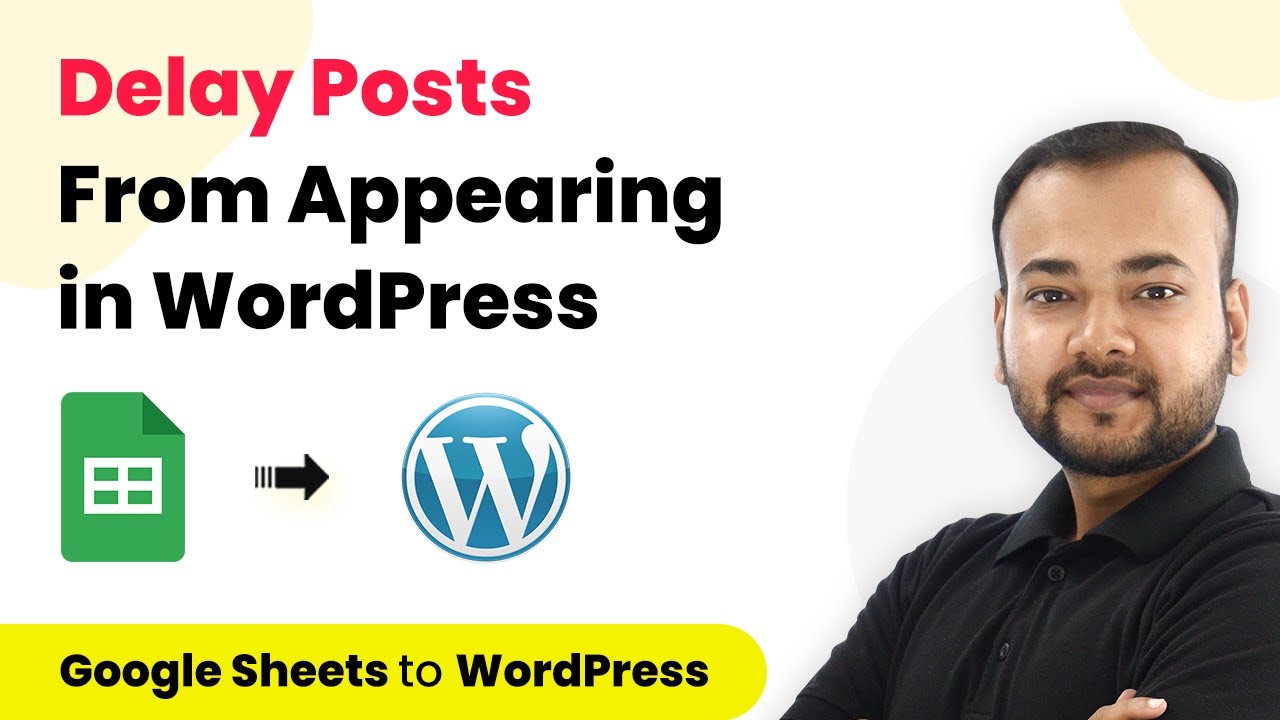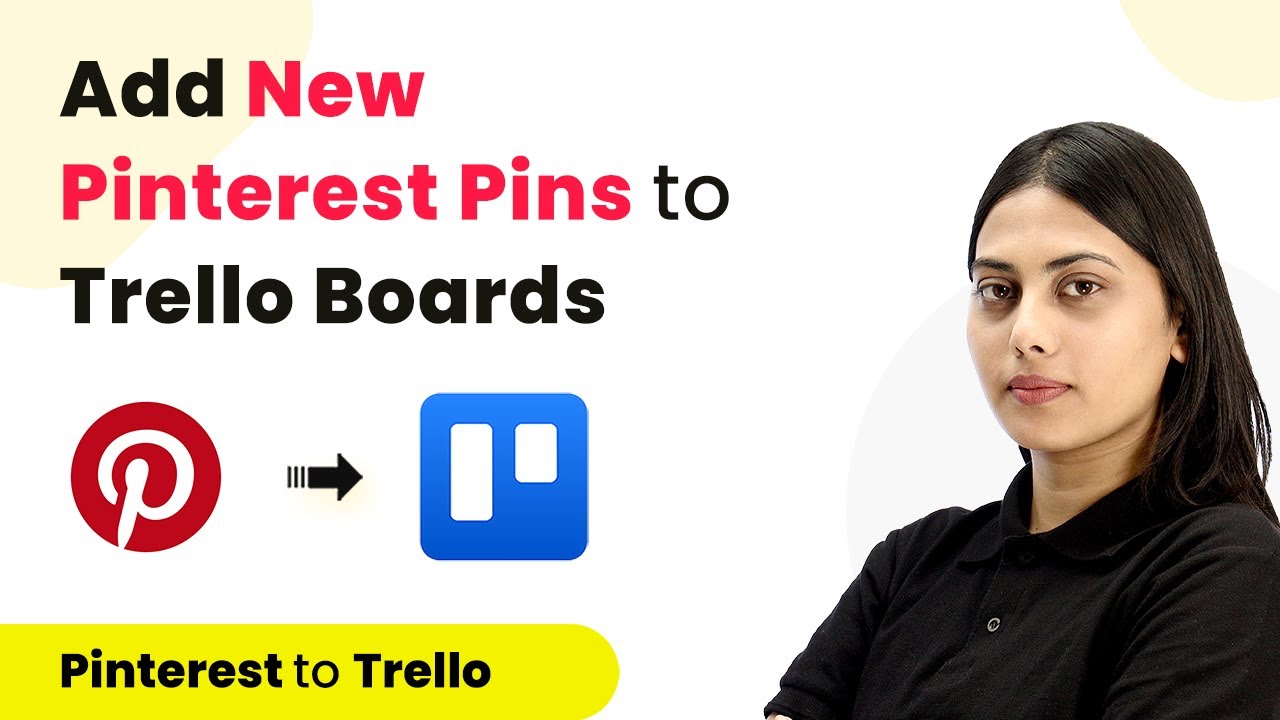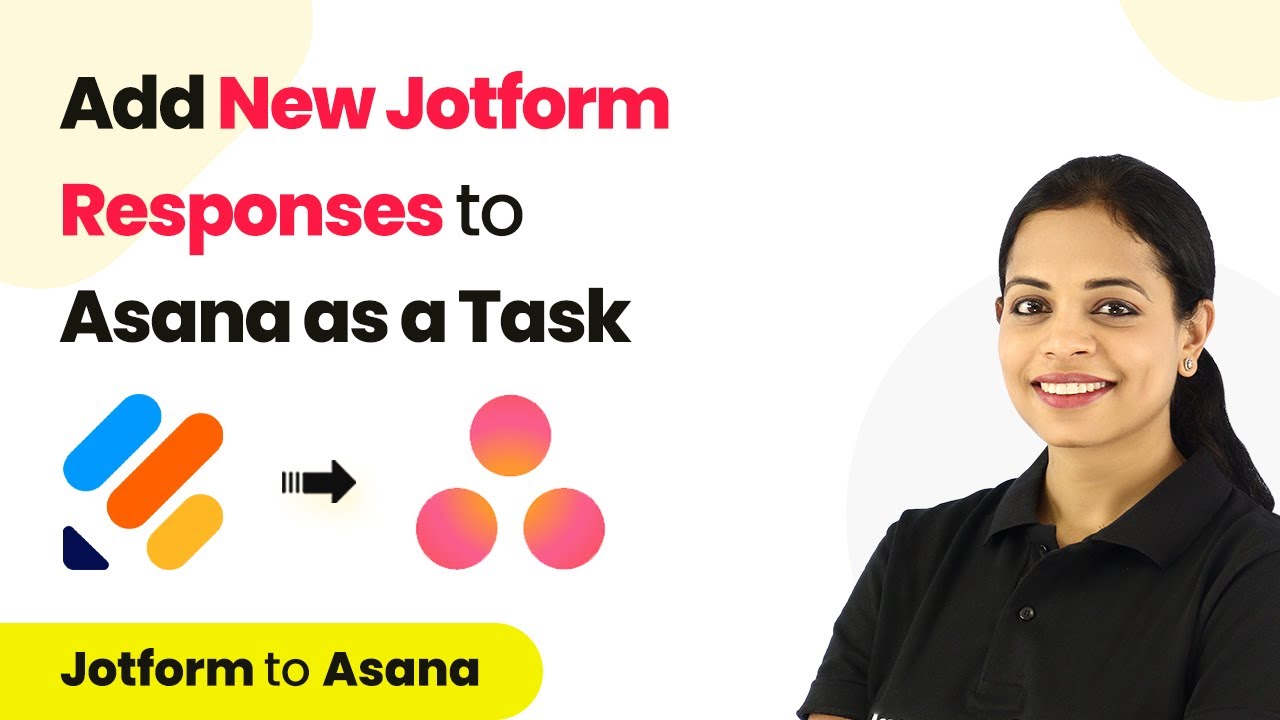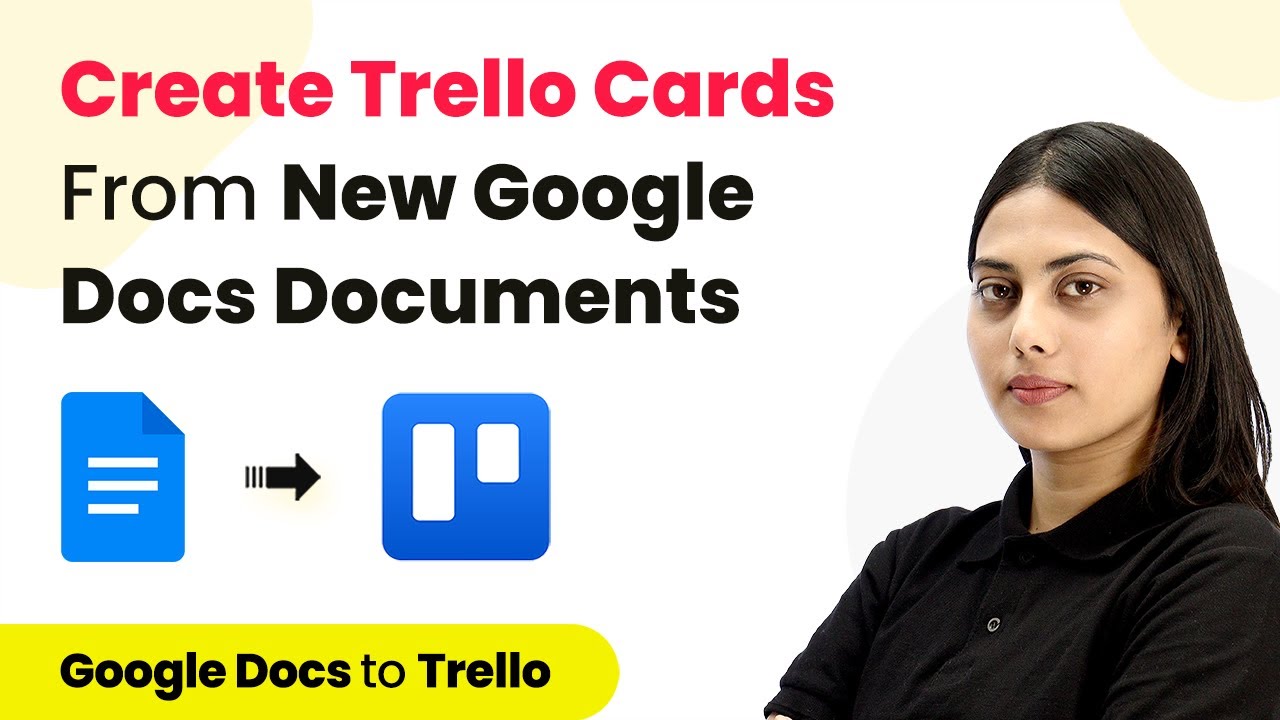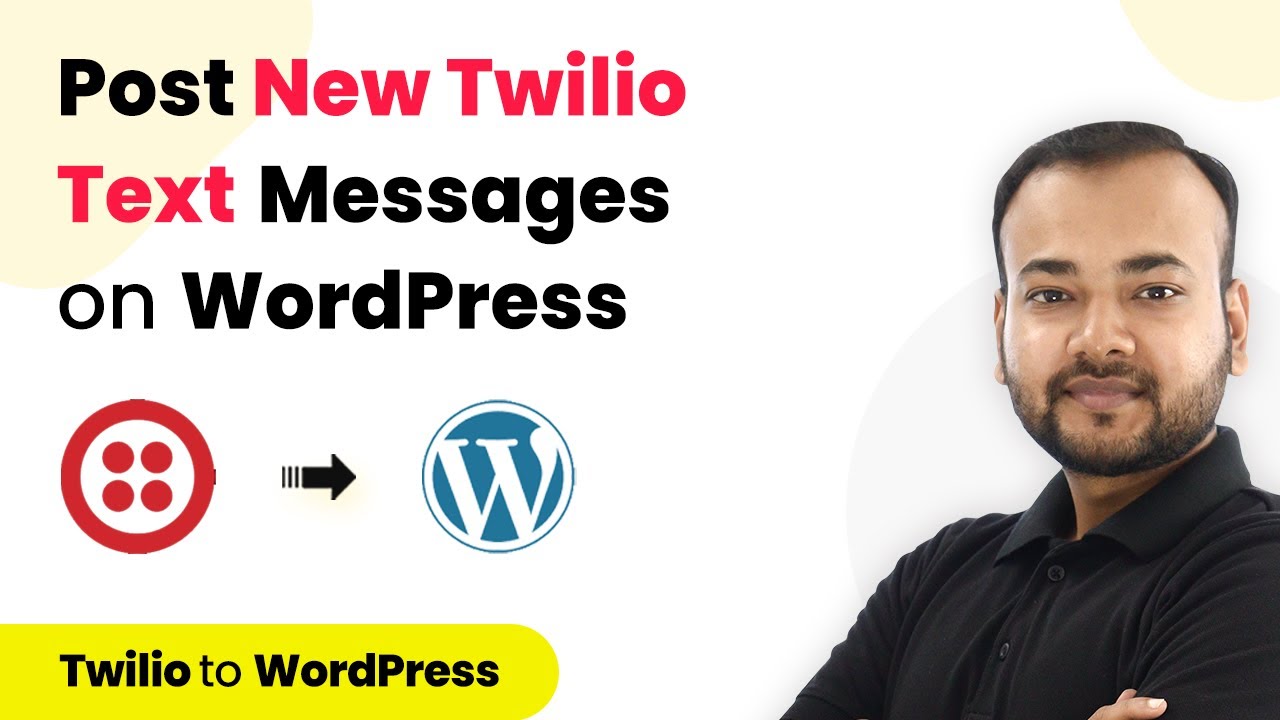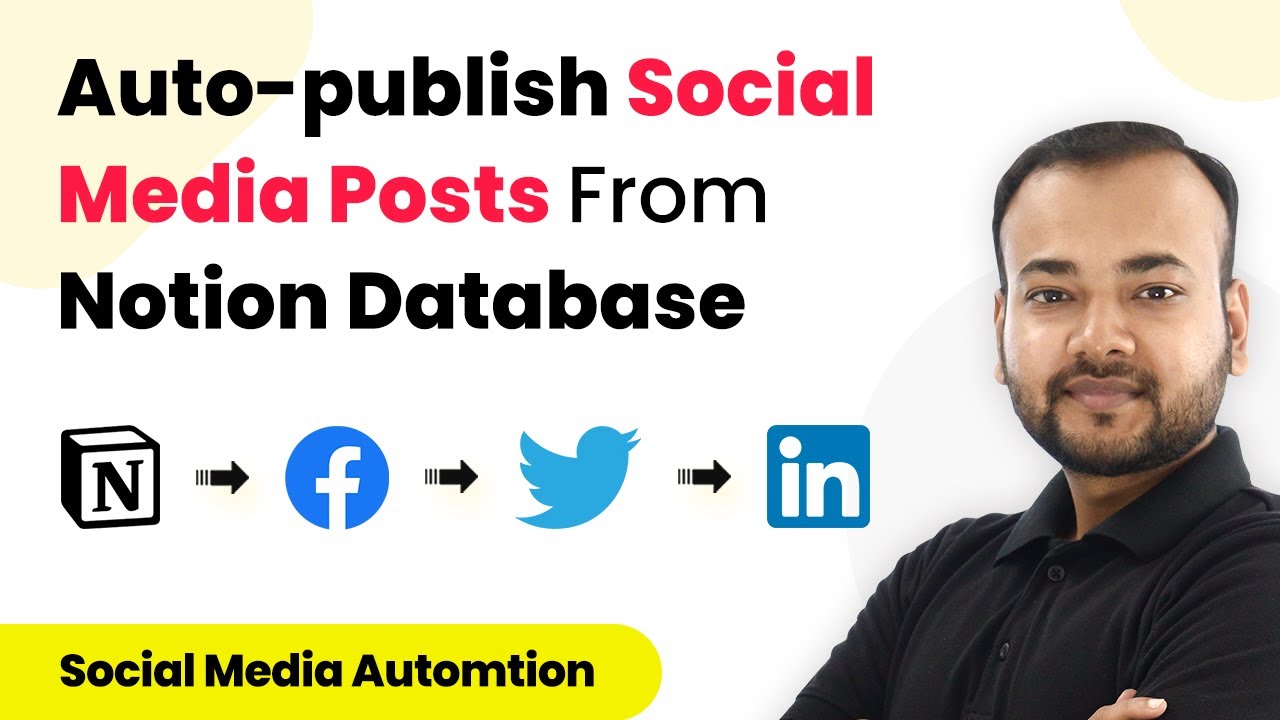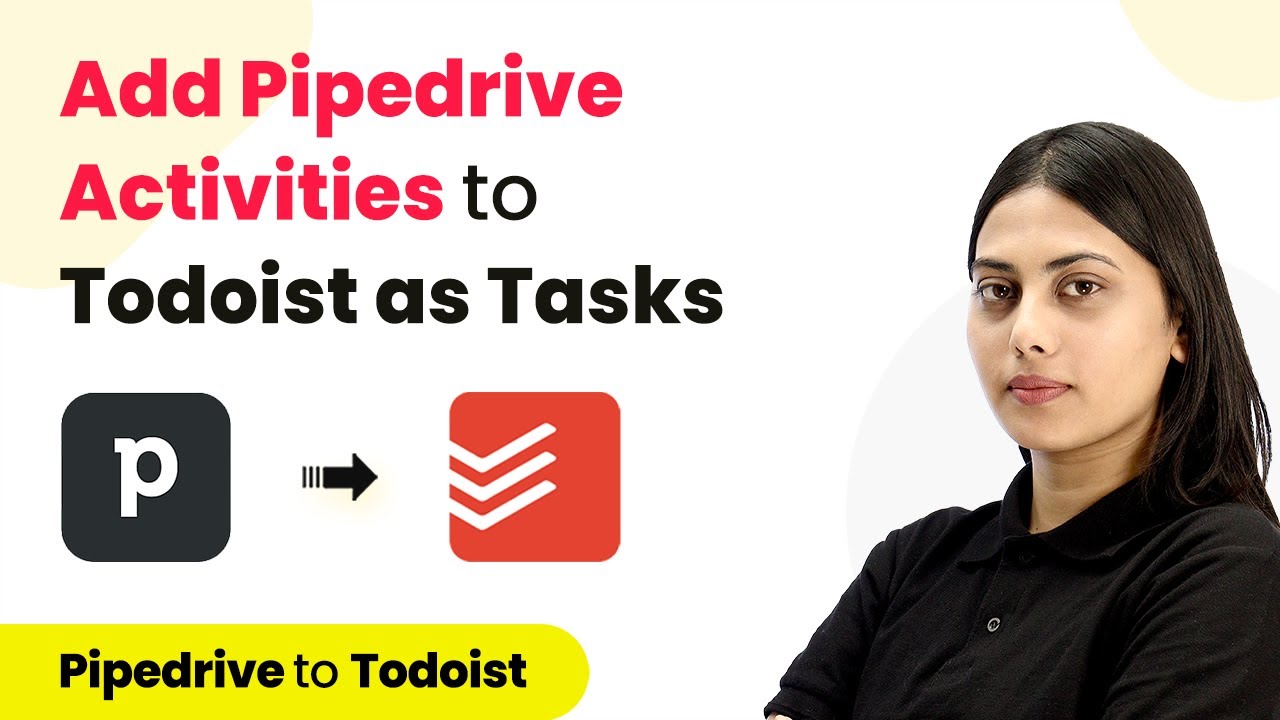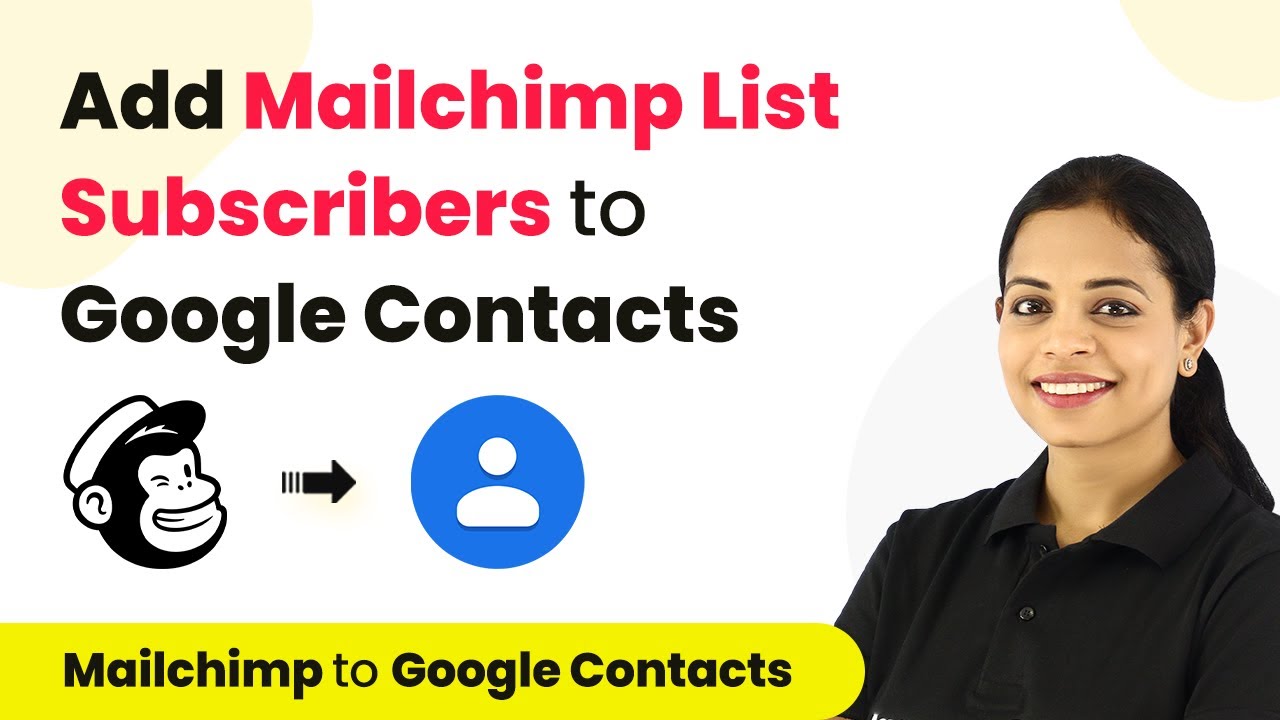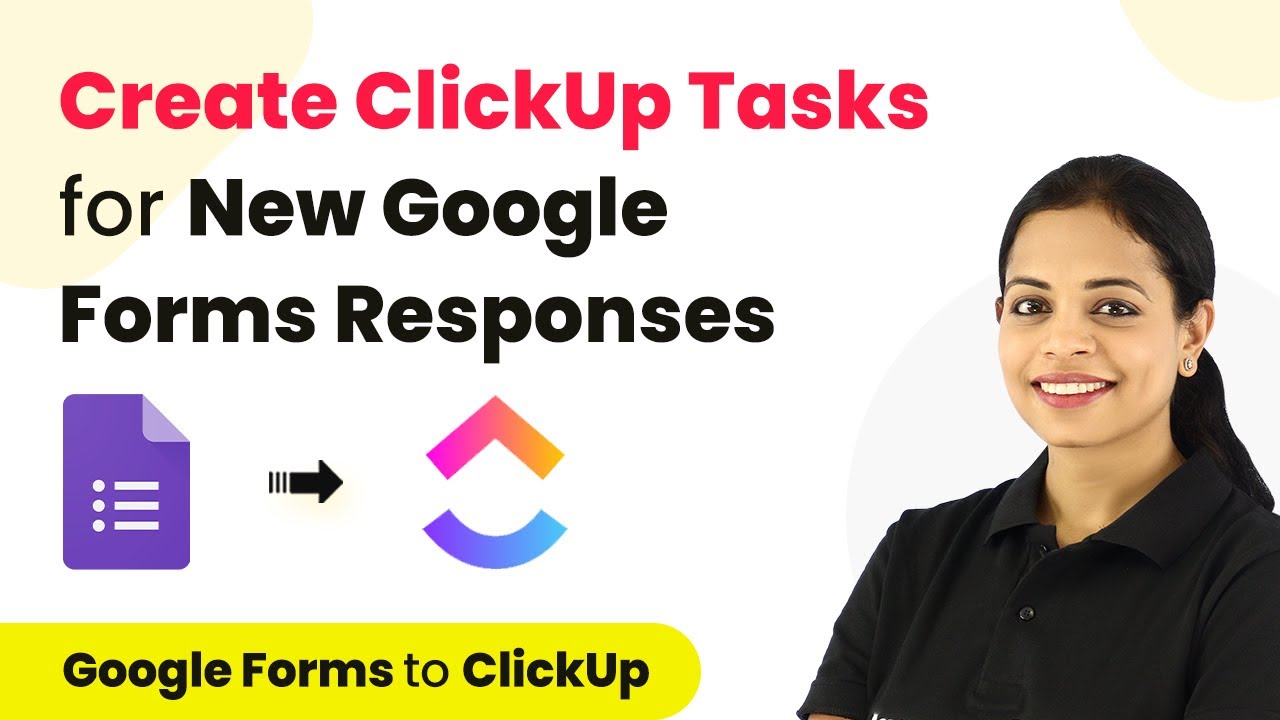Learn how to automate the process of adding updated Salesforce field records to Google Sheets using Pabbly Connect. Follow our detailed step-by-step tutorial. Revolutionize your productivity approach with just a few strategic clicks. Uncover professional methods for connecting applications and creating workflows that reclaim hours of your week.
Watch Step By Step Video Tutorial Below
1. Accessing Pabbly Connect for Integration
To start integrating Salesforce updated field records with Google Sheets, you need to access Pabbly Connect. First, visit the Pabbly Connect website and sign up for an account. Once you’re registered, log in to your dashboard.
From the dashboard, click on the ‘Create Workflow’ button to begin setting up your automation. This is where you will name your workflow, such as ‘Salesforce Updated Records to Google Sheets’. After naming, click the ‘Create’ button to proceed to the workflow setup page.
2. Setting Up the Trigger in Pabbly Connect
In this step, you will configure the trigger that initiates the workflow. Select Pabbly Connect and choose Salesforce as the application for the trigger. Next, set the trigger event to ‘Updated Field on Record’.
- Select the ‘Connect’ button to establish a new connection with Salesforce.
- Authorize Pabbly Connect to access your Salesforce account.
- Choose the object you want to monitor; in this case, select ‘Leads’.
After setting the object, specify the field you are updating, which is the ‘Rating’. You will also need to indicate the value that triggers the workflow, such as ‘hot’. Ensure to use single quotes around string values as per the instructions provided in Pabbly Connect.
3. Modifying Salesforce Records to Trigger Automation
Once the trigger is set up, the next step is to modify a record in Salesforce to test the workflow. Navigate to your Salesforce leads and select a lead to edit. Change the rating of the lead to ‘hot’ and save your changes.
After saving, return to Pabbly Connect and click on ‘Save and Send Test Request’. This action will fetch the updated lead details, including the name, email, status, and rating. You should see a successful response showing the updated information from Salesforce.
4. Adding Data to Google Sheets via Pabbly Connect
Now, it’s time to set up the action that sends the updated lead information to Google Sheets. In the actions step of Pabbly Connect, search for Google Sheets and select it as the application.
- Choose the action event as ‘Add New Row’.
- Connect your Google account by selecting ‘Sign in with Google’.
- Select the spreadsheet where you want to add the data, such as ‘Hot Leads’.
Finally, map the fields from the Salesforce trigger to the corresponding columns in your Google Sheets. This includes mapping the name, email, status, and rating of the lead. Once everything is set up, click on ‘Save and Send Test Request’ to verify that the data is correctly added to your Google Sheets.
5. Completing the Workflow Automation
After successfully testing the integration, your automation is now complete. The workflow will run in the background, automatically adding updated Salesforce lead records to Google Sheets whenever the rating is changed to ‘hot’.
This efficient setup eliminates the need for manual data entry, saving you time and ensuring your records are always up to date. You can also clone this workflow in your own Pabbly Connect account to start using it instantly.
Conclusion
In this tutorial, we demonstrated how to automate the process of adding updated Salesforce field records to Google Sheets using Pabbly Connect. By following these steps, you can streamline your data management and enhance productivity.
Ensure you check out Pabbly Connect to create business automation workflows and reduce manual tasks. Pabbly Connect currently offer integration with 2,000+ applications.
- Check out Pabbly Connect – Automate your business workflows effortlessly!
- Sign Up Free – Start your journey with ease!
- 10,000+ Video Tutorials – Learn step by step!
- Join Pabbly Facebook Group – Connect with 21,000+ like minded people!

